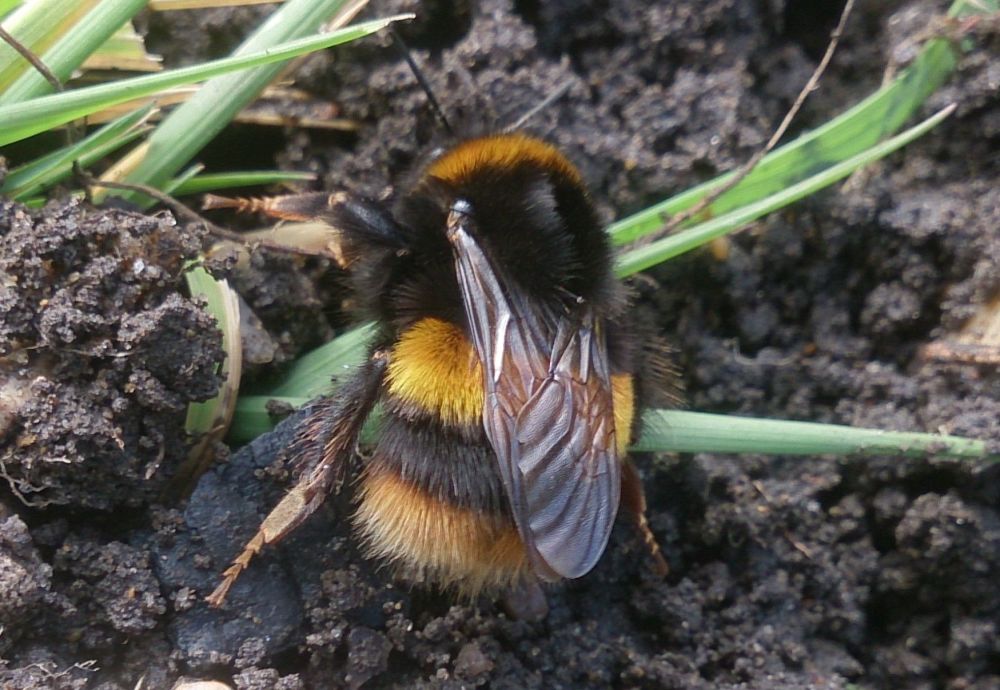Imagine If We Gave Nature A Helping Hand. . .
Posted on
I don’t know about you, but sometimes I really despair at the damage we are doing to the world. The problems the world faces seem insurmountable. It feels like anything we can do is just a drop in the ocean and it’s all too late.
The thing is nature really is truly wonderful and has an amazing ability to bounce back.
